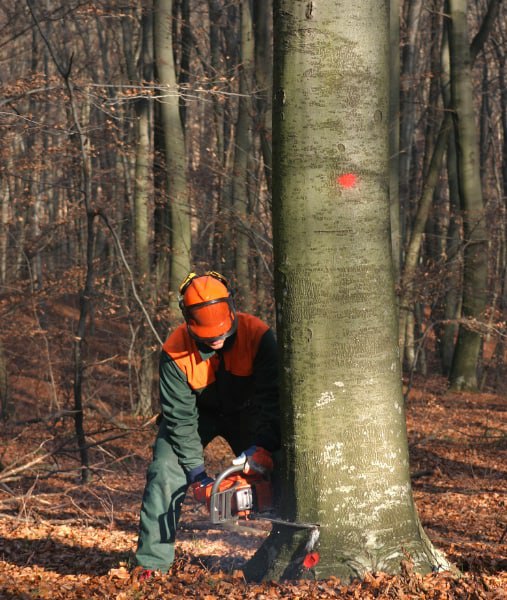
Introduction: Bonsai trees are a fascinating fusion of art and horticulture, allowing enthusiasts to cultivate miniature trees that mimic the appearance of full-sized trees in nature. The art of bonsai has deep roots in Japanese and Chinese culture and has gained popularity worldwide. In this blog post, Whitstable Tree Surgeons will explore the captivating world of bonsai trees, from their rich history to the science of their care.
The History of Bonsai
Bonsai, meaning “planted in a container,” has a long and storied history. Originating in China over a thousand years ago, the art of cultivating miniature trees was refined and popularised in Japan. Bonsai trees are often associated with Zen Buddhism and have been regarded as symbols of patience, harmony, and balance.
The Science of Bonsai Care
Caring for bonsai trees involves a delicate balance of horticultural knowledge, artistic skill, and patience. Here are some key aspects of bonsai care:
- Species Selection:
- Bonsai can be created from various tree species, each with unique requirements. Popular choices include junipers, pines, maples, and ficus. Select a species that suits your climate and the growing conditions you can provide.
- Container Choice:
- Bonsai pots come in various shapes, sizes, and materials. The choice of container should complement the style and size of the tree and provide adequate drainage.
- Pruning and Wiring:
- Pruning is essential to maintain the desired shape and size of the bonsai. Wiring is used to guide branches into the desired positions. Both techniques require skill and careful consideration of the tree’s growth patterns.
- Watering:
- Bonsai trees have specific watering needs. They should be kept consistently moist but not soggy. The frequency of watering depends on factors like the species, pot size, and climate.
- Soil Mix:
- Bonsai require well-draining soil to prevent root rot. Specialised bonsai soil mixes can be created by blending components like sand, clay, and organic matter.
- Fertilisation:
- Bonsai trees require regular fertilisation to ensure they receive essential nutrients. Special bonsai fertilisers are available, and the feeding schedule should be adjusted according to the season.
- Light Requirements:
- Bonsai trees need adequate light to thrive. The amount of light required varies by species, but most bonsai benefit from a balance of direct sunlight and filtered shade.
- Repotting:
- Bonsai should be repotted every few years to refresh the soil and prevent root binding. The timing of repotting depends on the age and growth rate of the tree.
The Art of Bonsai
Beyond the science of care, bonsai is a form of art that allows for creativity and self-expression. Bonsai enthusiasts often strive to create trees that evoke the beauty and character of mature trees in nature. Styles range from formal and upright to informal and cascading, each requiring a unique artistic sensibility.
Conclusion: Bonsai trees represent a harmonious blend of art and science, where cultivating miniature trees requires knowledge, skill, and dedication. The beauty of bonsai lies not only in their aesthetics but also in the connection between the caretaker and the tree as the tree evolves. Whitstable Tree Surgeons encourages individuals interested in bonsai to explore this captivating world and embrace the patience and mindfulness it offers. Bonsai is not just a hobby; it’s a journey of artistic and horticultural discovery.
Call us on: 01227 204594
Click here to find out more about Whitstable Tree Surgeons
Click here to complete our contact form and see how we can help with your tree’s needs.